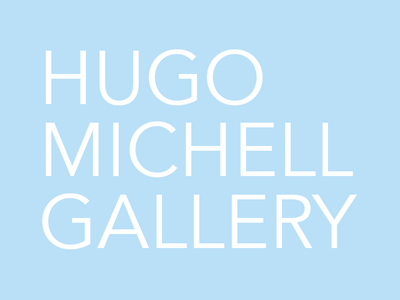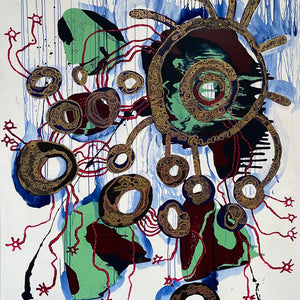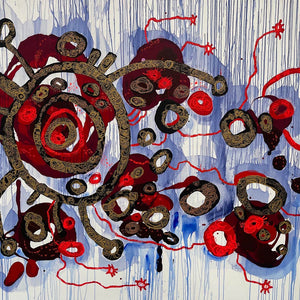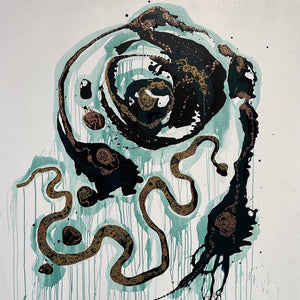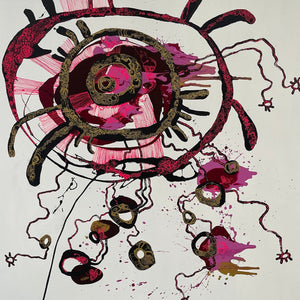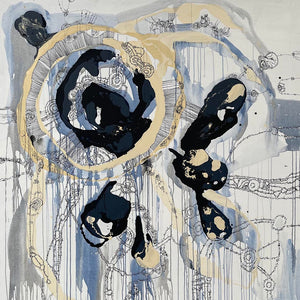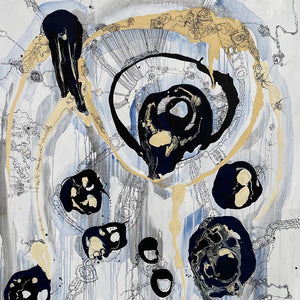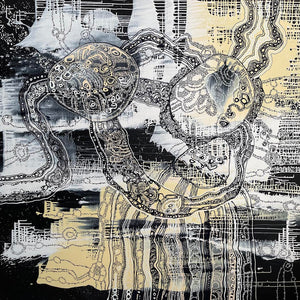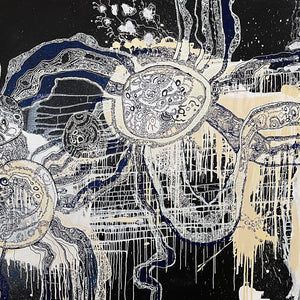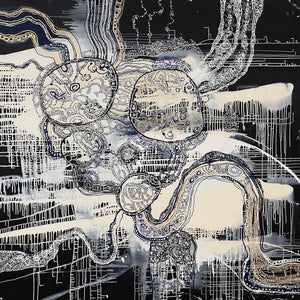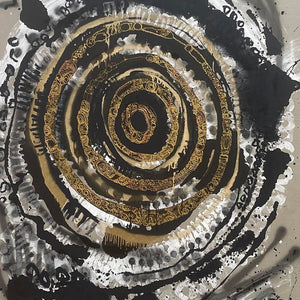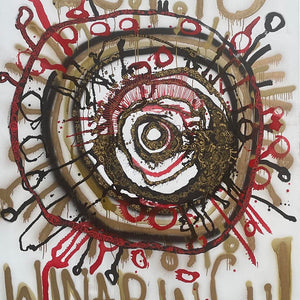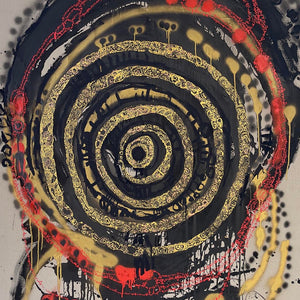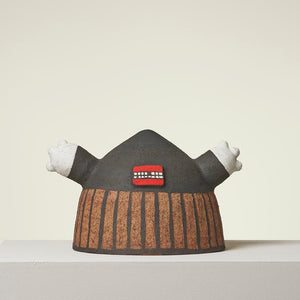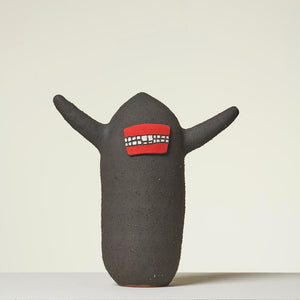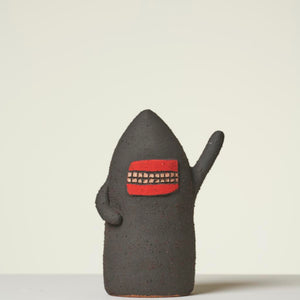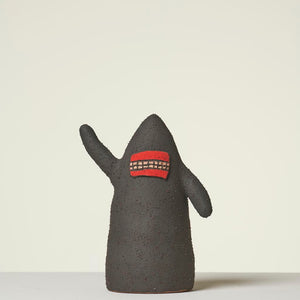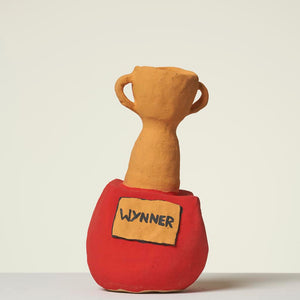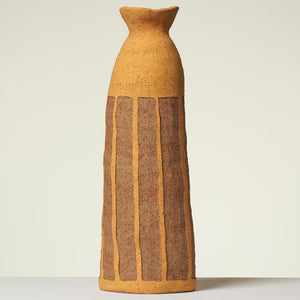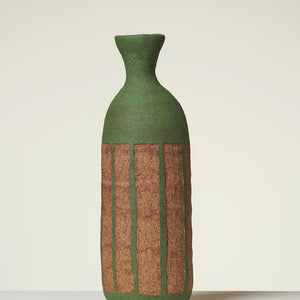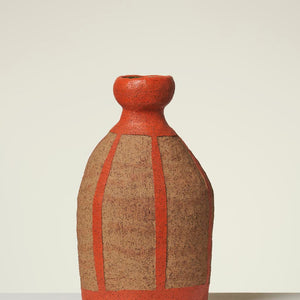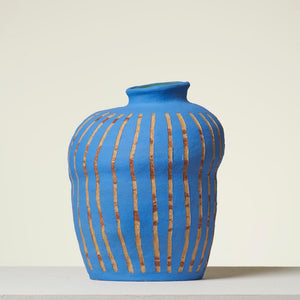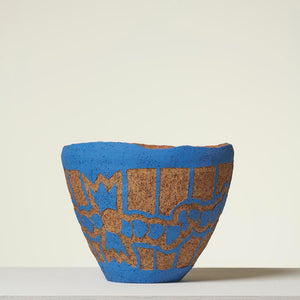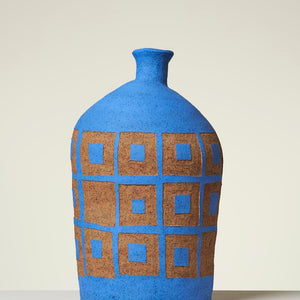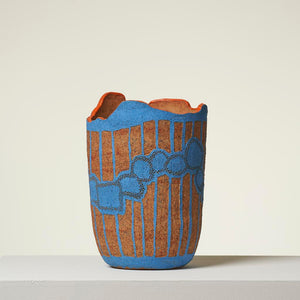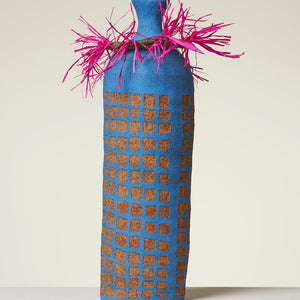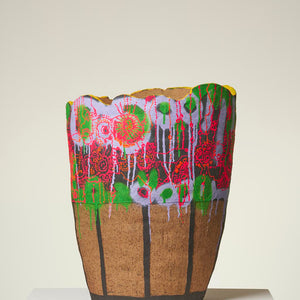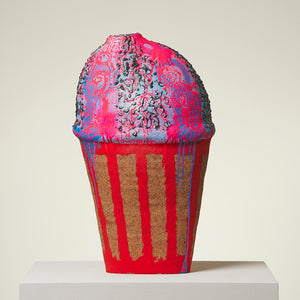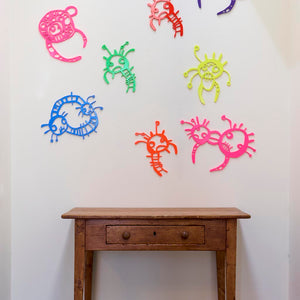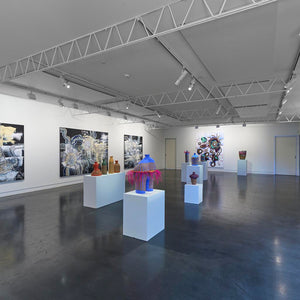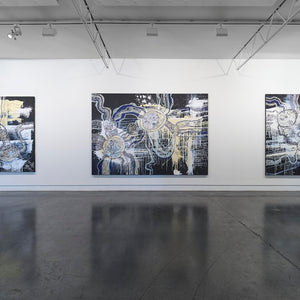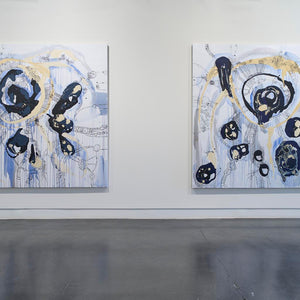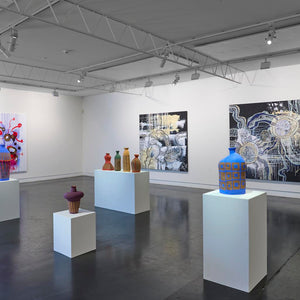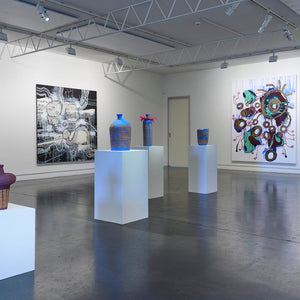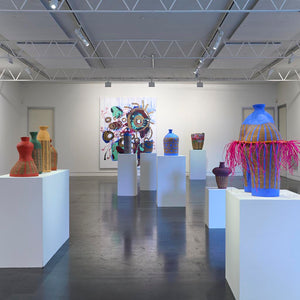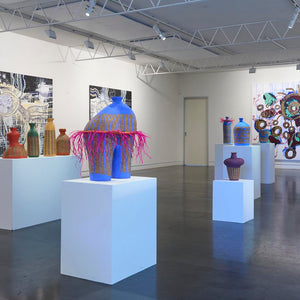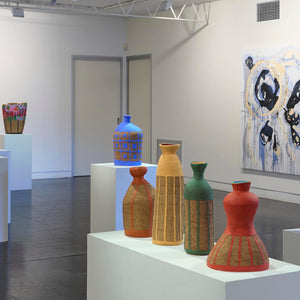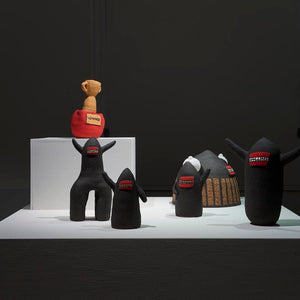Z MUNU A TITUTJARA
5 October to 11 November 2023
Z munu A Titutjara (Z and A Forever)
First Nations artists Zaachariaha Fielding and Alfred Lowe, who work from the APY Art Centre Collective’s Adelaide studio, both combine traditional influences from their respective cultures with contemporary artistic practices. While the journey the two have taken to become practising artists is different, they are now travelling on the same path to recognition. This exhibition celebrates their respective journeys so far while also looking towards the future.
Fielding’s creative journey began with a successful musical career as one half of the duo Electric Fields, but when the Covid pandemic hit in 2020 he turned to the visual arts. He joined the Adelaide studio and began exploring his visual language through the canvas. Following the success of his first solo exhibition, Gold and Silver Lining, in November 2020, he has quickly established himself as a leading contemporary Australian artist.
Heavily influenced by memory, Fielding’s paintings draw on his experiences of growing up in the Mimili community in the Aṉangu Pitjantjatjara Yankunytjatjara (APY) Lands, reflecting the movement and sounds of Country. However, his work doesn’t just reflect Tjukurpa (ancestral stories and cultural law); it is also about the past, the present and the future.
I am aware of the traditional elements of what’s happening in the studio. I am a part of that and an essence of that, but I’m not just an Indigenous Aboriginal artist. I paint everything and anything that comes into my life. I am putting it all together and allowing it to make sense or not make sense. There is no wrong or right in my work or in a person.
While Fielding creates work that honours the visual language of his ancient culture, it is combined with fragments collected along with way through interactions with people and places. He fuses these elements to create his own view of Country as he looks towards a future that embraces harmony.
I approach my practice in a way where there is no division. I don’t like to think of myself as an LGBTQ person or an Aboriginal person or a person of colour. That’s not where I am at any more. I am looking beyond that.
Lowe, an Arrernte artist from Snake Well in the Central Desert north of Mparntwe (Alice Springs), also explores themes of Country and identity through his practice. He creates hand-built forms informed by his intimate knowledge of the Central Desert landscape. He uses lines and colour to recreate the beauty of the mountains and bold forms that reflect their demanding presence.
The underlying theme is where I’m from, Alice Springs and central Australia in general. The landscape is so powerful it’s difficult to not talk about it or represent it in my work. However, a lot of it is also about me, about self-identity, body image and how I fit in with the world and the world fits in with me.
Before Lowe began his visual arts journey and joined the APY Adelaide studio in 2021, he worked in politics in industrial relations. Social and political justice is an ongoing interest, which informs his work but not overtly. He is not trying to make a political statement but suggests ‘everything is inherently political when you are young and Aboriginal’.
For Lowe, the idea of culture is dynamic and changing, and he believes people often struggle to see how it exists in a modern time.
Culture is contemporary, it lives in the now, and the way we do things changes. People make the mistake of separating culture and the other influences in life, but they are the same thing. Everything is part of the journey and our life.
Looking towards the future, Lowe – like Fielding – has a desire for less division. ‘I want artists not to feel a constraint to have to do this or not do that. I want artists to move between and combine contemporary and cultural influences.’
Written by Jane Llewellyn
‘Z munu A Titutjara’ is presented as part of the 2023 Tarnanthi Festival. Tarnanthi is presented by the Art Gallery of South Australia with Principal partner BHP and support from the Government of South Australia.
